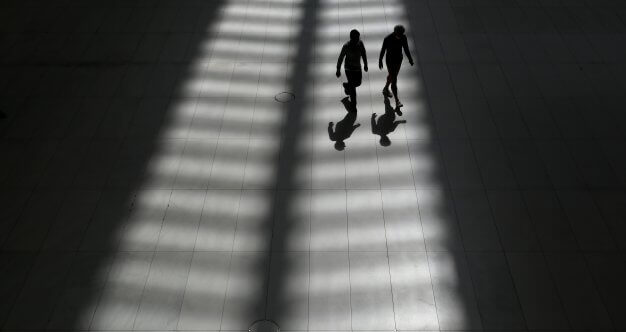Retired New York City firefighter Lee Ielpi, 75, spent nine months searching through the rubble of Ground Zero. Searchers at the site managed to find the remains of his son who had responded to the disaster as a member of the FDNY. Later, Lee founded the only museum that existed on the 9/11 site for more than a decade after the attacks. Then, as he was preparing for retirement, Lee was diagnosed with cancer, most likely caused by his time at Ground Zero.
A highly decorated retired member of the Elite Special Operations Company, Rescue 2, Ielpi, who was awarded 24 recognitions of exemplary service, spoke to SurvivorNet about his experience at Ground Zero after 9/11, and the cancer he developed in his blood as a result.
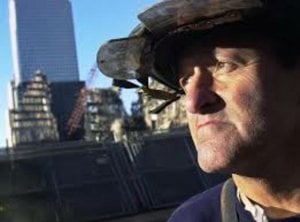
Lee has four children, two boys and two girls. Both of Lee’s sons, Jonathan and Brendan, were both part of the FDNY as well, Brendan as a probationary fireman only four months into the job, and Jonathan as a fireman who had been with the department for six years.
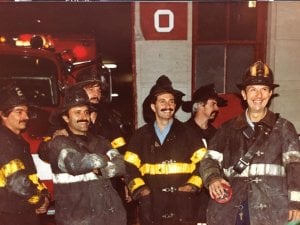
The morning of 9/11
“The day started off just like right now here in Florida,” Lee said in an interview earlier this week. “No clouds in the sky, it was actually a stunning, beautiful, early fall day.”
That morning, Lee got a phone call from his son Jonathan. “[Jonathan] said turn the TV on, I turned it on — I saw what everybody else saw,” Lee said. “The north tower was struck. I was talking to my son I said ‘are you going?’ Which means, ‘are you responding?'”
Jonathan was in a special operations company called Squad 288. They are highly trained above and beyond the regular engine and truck companies. There are six such squads in the FDNY.
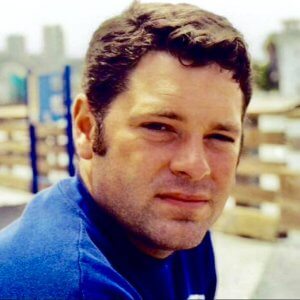
On that phone call Jonathan told his dad he was going to respond, “He said ‘I called,’ which means he called a dispatcher telling them he wants to go, which is part of a fire department tradition where you want to go to these events because that’s what you do. With that, a tone alert in the background, you could here it, and a dispatcher told him ‘respond to the World Trade Center,’ he said ‘Dad, we’re going.’ I said, ‘Okay, be careful.’ He said ‘Okay,’ and that was the last time I spoke to my son.”
“My son’s fire house sent 19 men to the world trade center. None of those men went home,” Lee said.
Responding at Ground Zero
Lee also said that when he saw the attacks had happened, he knew he was going to respond as well, “I was retired at the time. You don’t really retire from the New York City Fire Department.”
“There was a total recall, which means everyone has to return to their firehouses, regardless if you’re on vacation or not,” he said. “So I picked up Brendan, dropped him off at his firehouse which was right by the base of the Manhattan Bridge. Now I felt like I was stuck because nobody was allowed to go into Manhattan.”
But eventually, Lee found an escort who recognized him, and made his way to the site, where he would begin his nine months of searching at Ground Zero. “It would be easy to just go Helter Skelter,” he said about the moment he arrived at the site, “but that’s not the way you do things. I figured I’m gonna start searching right here, anyone I find it’ll be a blessing for that family, if I find my son it’ll be a total blessing.”
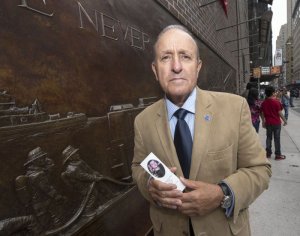
As hard as it was to search, Lee said that seeing his family was really hard as well, “Going home was very difficult. The house was full of people, relatives, friends, neighbors, and I had nothing good to report, so I made a commitment that I’m going to be going to the sight every day until I, God willing, found my son.”
The Band of Dads
Eventually, Lee formed a group with some other firefighters looking for their children, “I went every day and met up with a bunch of dads. We became known as the band of dads. There were about eight of us that just met every day at the same spot, hoping this would be the day.”
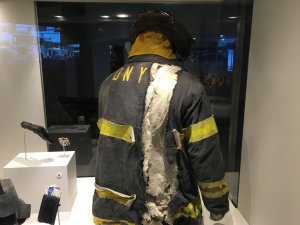
And the group worked methodically to help each other look through the destruction, “We would split up and go into the sight. We were given carte blanche by the fire department, and we all had our own handy-talkies, walkie-talkies, and we went to work. If somebody called that they found the remains of firemen, one of the band of dads would go over, god willing it would be one of the sons.”
Until eventually, one night after searching, Lee got a call that his son had been found, “I went home. About eleven o’clock the phone rang, it was a deputy chief that I know very well — I knew he wasn’t calling me just to pass the time of day. He said Lee we have Jonathan. So I went back into the site with my son Brendan.”
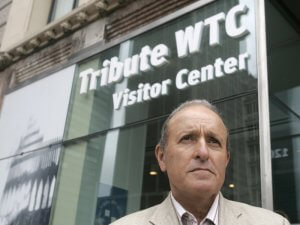
Lee described the scene when he got back to the site to find his son, “Jonathan was in a stokes basket, with a flag over him. Paul came up to me and said ‘Lee he’s all there,’ with his hand on my shoulder. I went over to my son Jonathan who was in the basket, and I did what I had to do. I wasn’t about to open up the body bag. But I felt him from his toes to his head. Said a few words to him. Brendan came over to him and did what he had to do with his brother.”
“And then in the tradition of the fire department, we carry out our own,” he said.
He also talked about the process of getting Jonathan through the site, “There were some firefighters there from Squad 288, so Brendan and myself and the guys from 288, we picked up the stokes basket, we picked up Jonathan, we brought him to this horrible roadway going into the site, the chaplain in the front, everybody’s lining up on the road on each side — that’s everybody, all work stops, so that’s construction workers, engineers.”
And said that he wanted to show how much gratitude he had for everyone working at the site, “The captain gives a signal that we’re ready to come up, everybody gives a hand salute, and we carried Jonathan up the hill. I was able to glance up at the guys who were hand saluting, I smiled at all of them just to let them know I’m saying thank you to all you guys.”
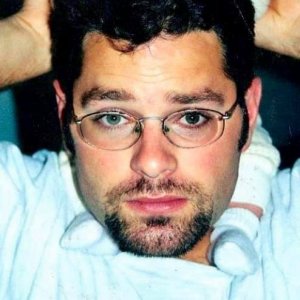
The Lucky One
Before Jonathan died, he told Lee that if he ever died in the line of duty, he wanted to shut down the town of Great Neck where their family lived on Long Island. “Well, Jonathan shut it down twice,” Lee said, “One was the memorial service, and one was the day we actually had him home and were able to bury him in town, and were able to bury him in town about two blocks away from where we live.”
But after they found Jonathan, Lee says knew he wasn’t done at Ground Zero, “From that point on, I continued going to the site, because it wouldn’t be right that I basically said ‘I have mine,’ to the rest of the band of dads, ‘I hope you find yours.’ So I went back every day for the remainder, spent nine months in recovery work, working for the dads, hopefully.”
Lee considers himself to be one of the lucky ones, of those affected that day, “Out of the eight dads, I was the one who was blessed to bring mine home. The other dads, nobody was as fortunate as me.”
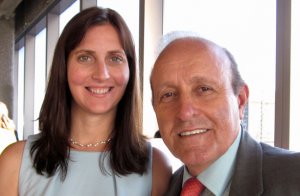
And praised the way everyone at the site respected those they were looking for, “I worked with the best of the best of what the good Lord gave us. It was a very powerful, meaningful nine months of recovery. The respect that was shown to the remains day one was the same nine months later.”
Psychological effects of 9/11
Lee said that while there are certainly psychological effects of 9/11 for those who were involved, they haven’t gotten in the way of his living a healthy life, “Of course I have thoughts of 9/11 and the days I worked there, of course I have. Does it drive me to drink? No. Drugs? Never have I even taken a breath of marijuana. No.”
He said that being emotional about the day is very normal for him, “Do I think about it? Yes. Do I have times when I cry? Yes. Am I gonna cry when I go to Texas to speak with a few hundred people? Yes.”
“But the good Lord said I’m gonna be okay, and I am okay,” he said.
The 9/11 Visitor’s Center
A woman named Jennifer Adams-Webb approached Lee and asked if he wanted to work on a center where people could learn about the event, “And of course, I thought she was drunk, but she was dead serious. And we did. It was called the 9/11 Tribute Center — it was a place for family to come and visitors, but primarily family,” Lee said.
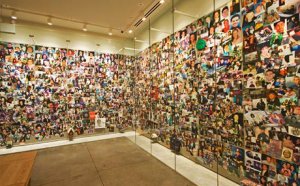
He said that at the center, people who experienced the event are able to tell their stories and pass on their knowledge of what happened to the rest of the world, “Who better to give a tour than somebody who experienced 9/11, whether it was a family member, or fireman, cop, rescue workers, volunteers?”
“We’ve trained well over 900 docents and guides, who do tours for people that come to the site, that want to learn, want to understand, want their children to understand,” said Lee.
Information about Waldenstrom syndrome
Waldenstom syndrome usually affects adults, and is primarily found in the bone marrow, although lymph nodes and the spleen may be involved as well.
In this disease, lymphoma cells grow in the bone marrow, blocking the growth of normal cells. As a result, patients can develop anemia (low levels of red blood cells), neutropenia (low levels of white blood cells called neutrophils), and thrombocytopenia (low levels of platelets).
While Waldenstrom lymphoma is not a curable disease, but it is treatable and a many people respond to treatment for a long time.
Symptoms of Waldenstrom may include bleeding (particularly of the nose and gums), headaches, dizziness, double vision, tiredness, night sweats, pain or numbness in the extremities, and increased size of the liver, spleen, and lymph nodes. For some patients, there may not be any symptoms at all.
For patients without symptoms, doctors will sometimes decide not to treat the disease immediately, opting instead to “watch and wait.” In some cases, this can last for many years. For patients who do have symptoms, those symptoms help to determine the treatment path.
Some patients undergo a procedure called “plasmapheresis” to temporarily reverse or prevent the symptoms associated with the thickening of the blood. During this procedure, doctors remove blood from the patients, pass it through a machine that removed a specific antibody, and then return the blood to the patient. Physicians also combine this treatment with chemotherapy.
Learn more about SurvivorNet's rigorous medical review process.

